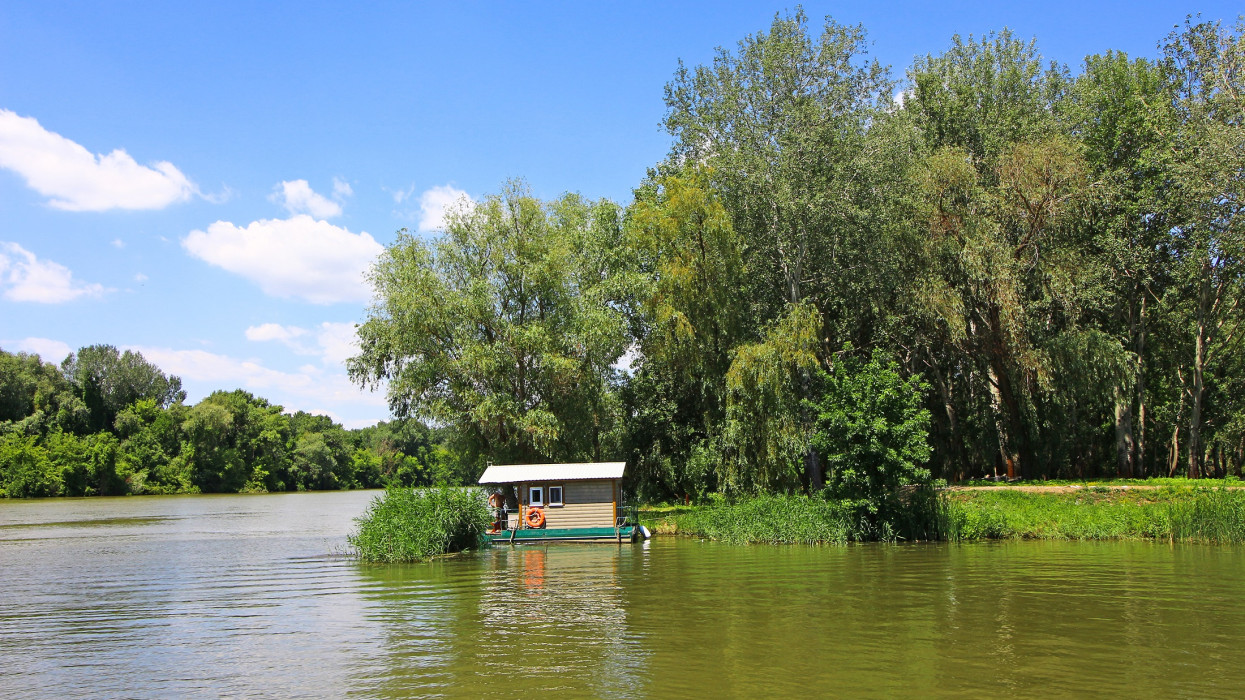“Back in Brazil, I told to my father I saw machines I had never imagined would exist – not even in my dreams,” he says. “What surprised me most was the incredible number of machines for a huge variety of uses; there was technology for every task you might want.”
One of Brazil's leading farmers, Dijkstra is the owner of a 1400-hectare business. He and his family produce soybeans, maize, beans, wheat, barley and oats; run a dairy herd yielding 20,000 liters of milk every day; and have a breeding herd of 380 sows. Everything is planned with accurate management and with care for the environment.
Precision agriculture
The innovations that Richard Dijkstra is most fascinated by are already part of his farm, which is located at Caramel, in the south of Brazil. The unit is well known, and back in 2007 was named the best farm in Brazil by business magazine Exame.
Among other technologies, Dijkstra applies precision agriculture techniques in his crops in order to reduce costs and avoid fertilizer loss – a technology not yet broadly used in the country.
“Precision agriculture is growing in Brazil, but I think there is a lack of information on the concept,” he says. “The investment costs scare many farmers initially, and besides that, many of them have had good profitability recent years, bringing them a feeling of no need to invest.“In the long run, however, precision agriculture generates many benefits and increases productivity.”
Born with innovation
Finding solutions through innovation is a tradition of the family. Richard Dijkstra's father, Franke, migrated from the Netherlands to Brazil in 1947, and was one of the first farmers in the country to use no-till farming. He adopted the practice in 1976 to fight soil erosion, and since then more than 30 million hectares of land have been switched to cultivation under zero-tillage systems.
Dijkstra emphasizes that many solutions he saw at Agritechnica 2013 could be used by small-scale farmers in Brazil with units from 10 to 100 hectares.
“There are so many machines that could simplify their work or increase profitability,” he says. “For instance, I saw a straw chopper that that uniformly distributes the straw across the whole cutterbar width, and a tractor fueled by methane, which means you can produce fuel on your own farm with a biodigester.”
Asked if he is planning to visit Agritechnica 2015, Dijkstra reveals that November is a good time for him to get away from the farm.
“The soya harvest will be done, then I can leave the fields for a short break and see the amazing innovations of Agritechnica,” he says. “Travel widens our horizons!”
Many international visitors
And Richard Dijkstra won't be alone in travelling a significant distance to the event, which takes place at the largest exhibitions Grounds in the world in Hanover, Germany. Nearly a quarter of the 450,000 visitors that attended in 2013 came from outside Germany, and 8,900 of these were from North, Central or South America.
With close to 2800 exhibitors from about 50 countries expected to book stands at the exhibition, Agritechnica 2015 – which takes place from 10 to 14 November – will once again be the world's leading trade fair for agricultural machinery and equipment.
More information for international visitors considering a visit to Agritechnica 2015 can be found at: www.agritechnica.com







